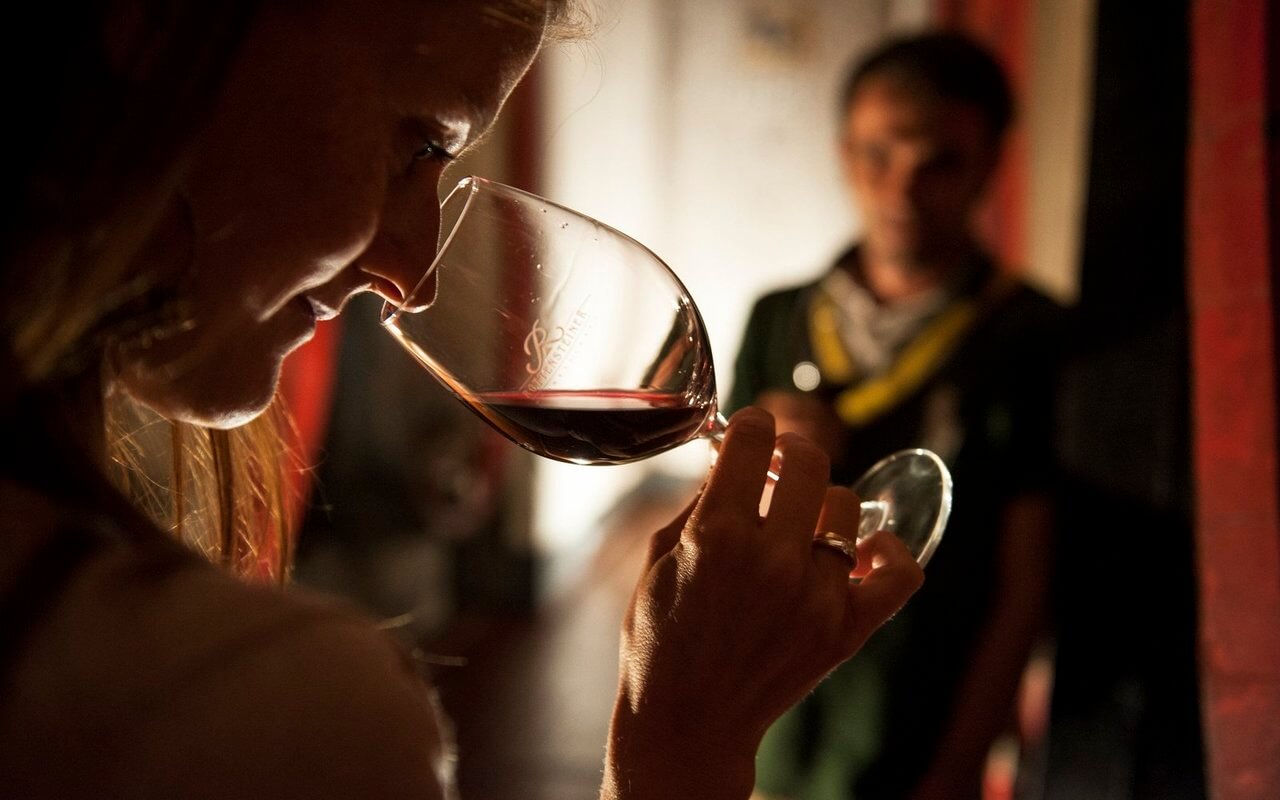The Art of Tasting Wine. How to Become an Expert
If you are making a plan to visit a wine country or if you want to be aware about drinking and appreciating wine, it is the best type of excitement one can have. When you move along the vineyards you can appreciate the spectacular backdrop and the awesome grapevines. You can learn to applaud the wine’s beauty .
Smelling the wine
You have to fill at least a quarter of the glass of wine and then hold it. If you hold the glass by the bulb it will make the wine heated and eventually spoil the flavor. The wine has to breathe or be there in the exposed air after you open it up. You have to take ample time to inspect the wine prior to drinking it.
One can have a little smell of the wine after you open it
This is a nice time to get hold of the smell of the wine and you may compare its nice fragrance. This will enable you to check its odor that might show some signs of the wine getting spoiled.
Some of the smells to observe are:
A wet, smell similar to an attic or the wine was not bottled in a proper manner.
There might be a smell of some burnt matches when it was being bottled. There are chances that it might fade due to immense air exposure.
There are some chances that the wine is very acidic due to nail polish or vinegar like smells.
Observe the colors and the wine edges
If you tilt the glass it may make the glass easy to observe and the color alters from its center to its edges. You may hold the glass just in front of a white background like a tablecloth or a napkin in order to get the genuine color of the wine.
This is the first sign about how the old wine can be and how it is actually holding up. You need to see the wine’s clarity.
The wine need not be cloudy in color.
The white wines can appear to be very dark due to aging but they need not be brown.
The red wines may lose their color with time and they may gradually turn brown. They may contain some dark red sediment just beneath the glass.
You need to be aware that the red wines have some natural sediment beneath them.
The formation of the sediments may appear like dirt at the glass’s bottom. It is a natural process where the polymerization may lead to the precipitation of the colloids of pigmentation.
I






